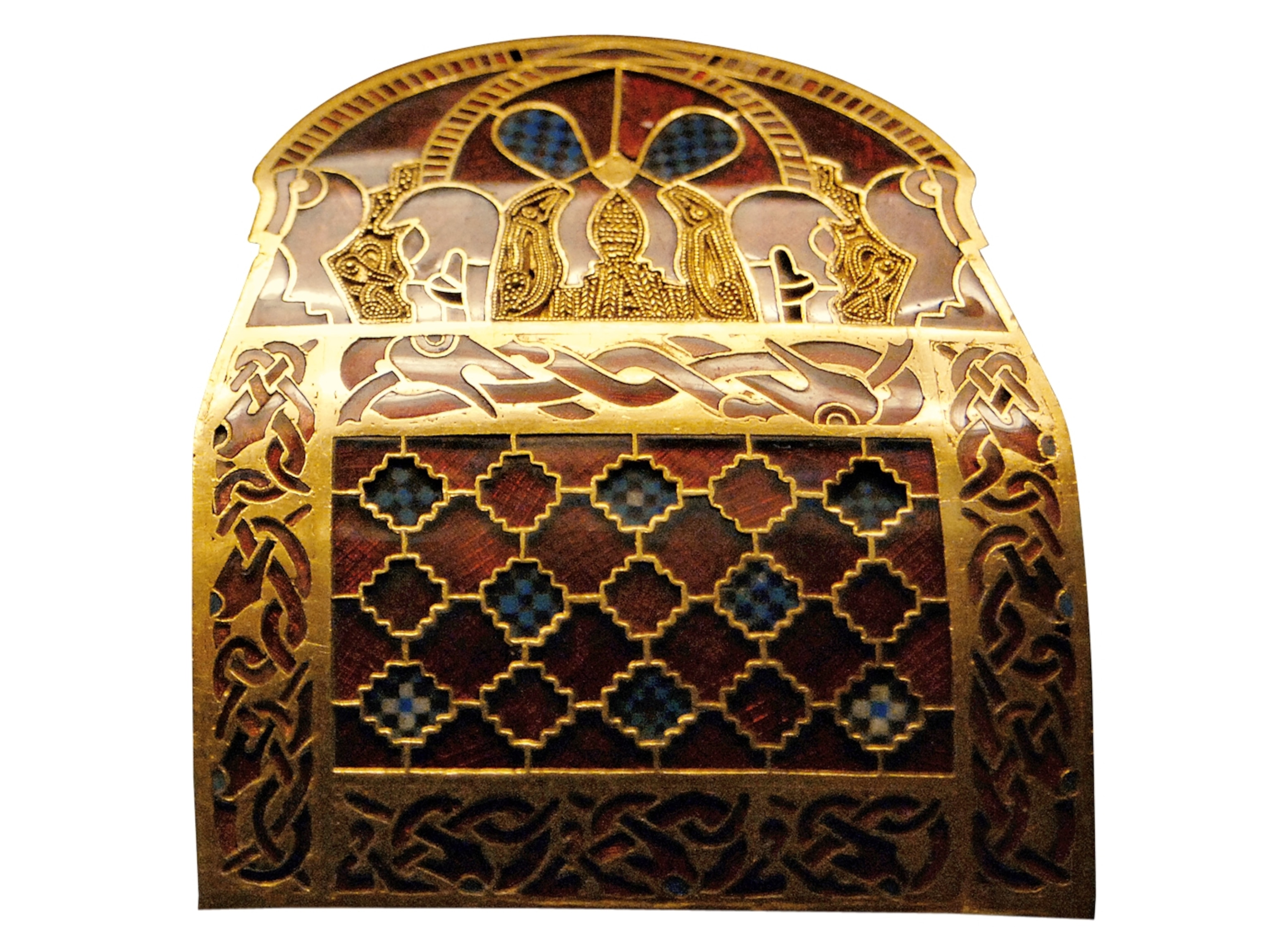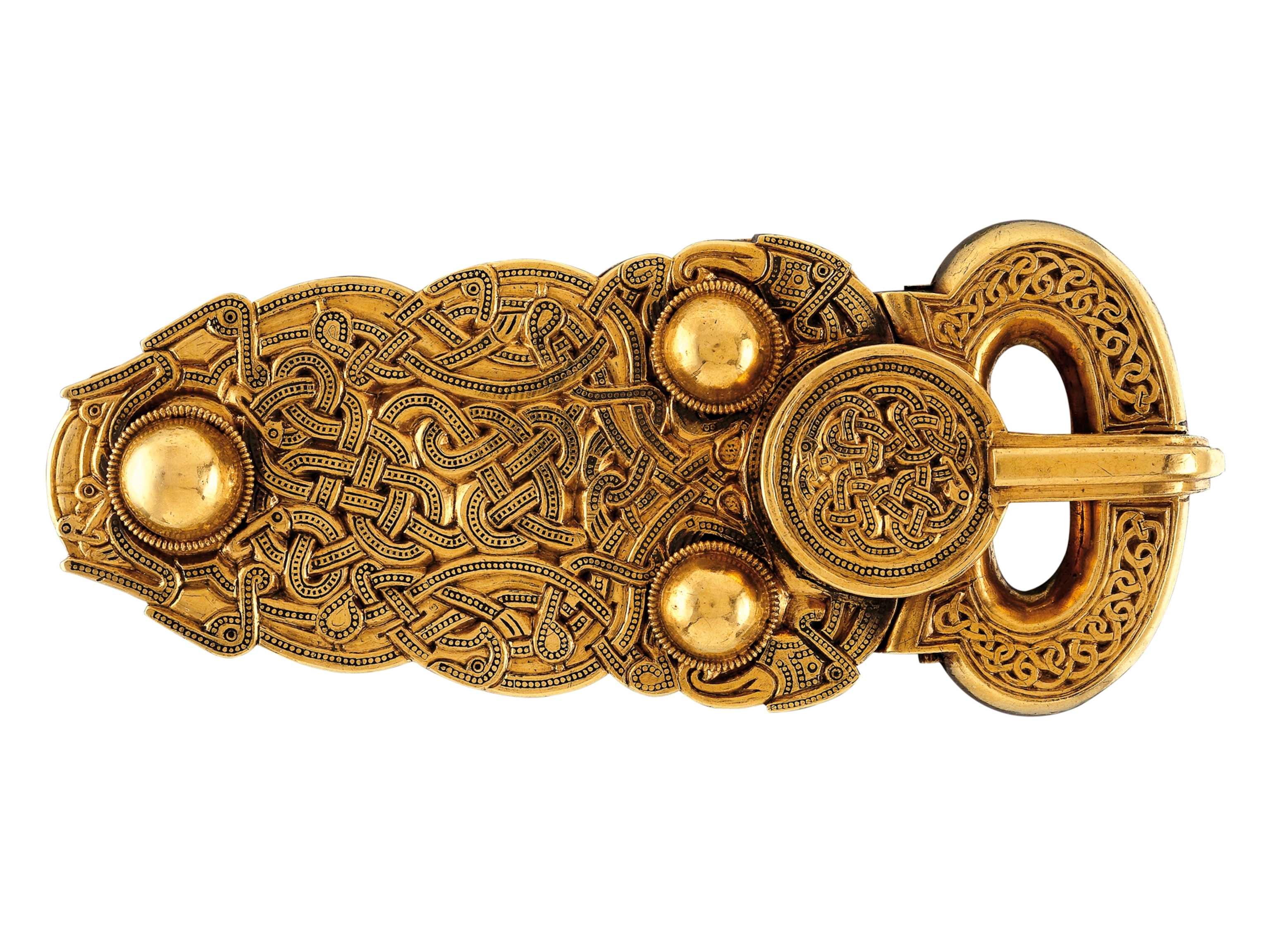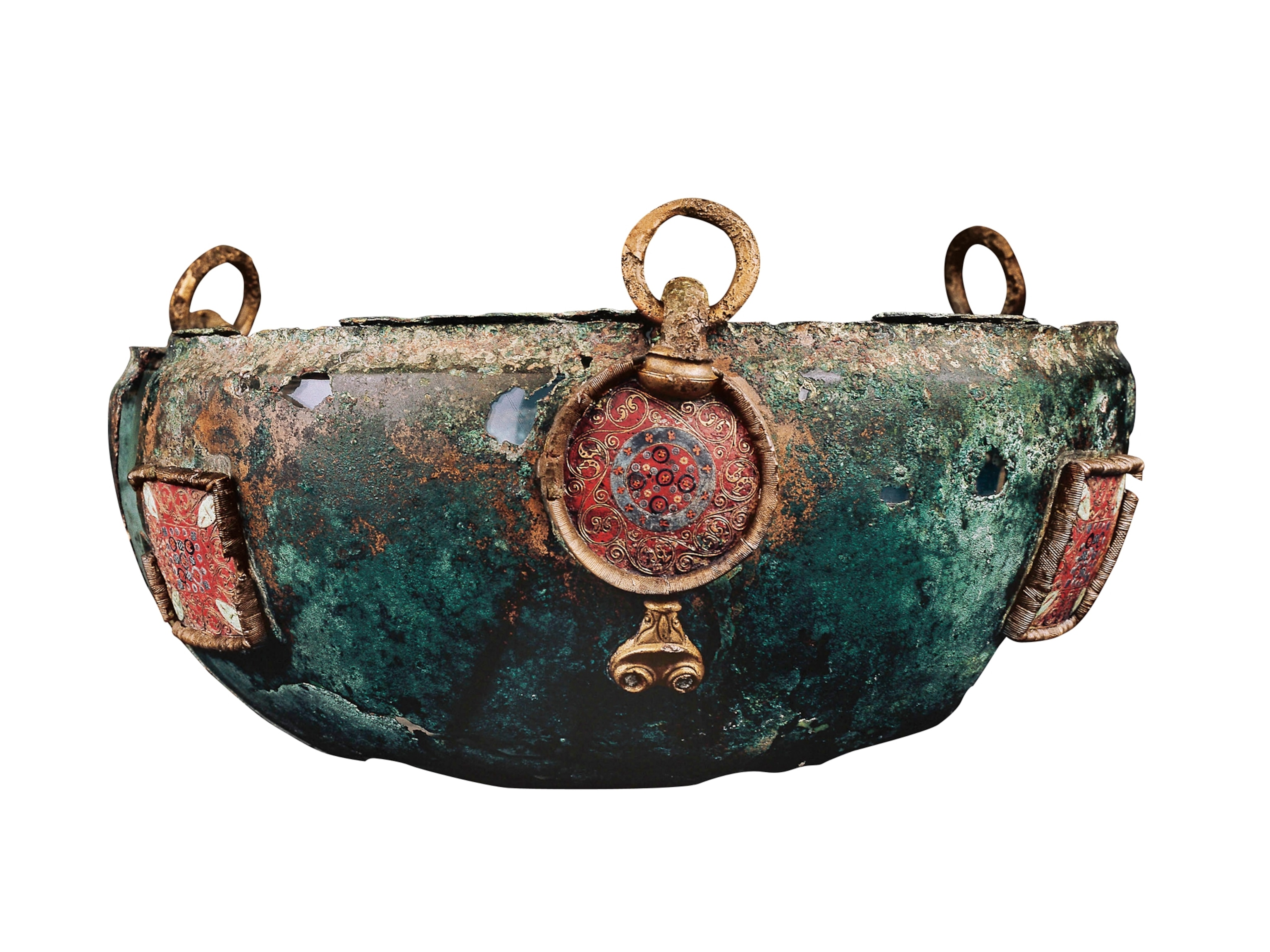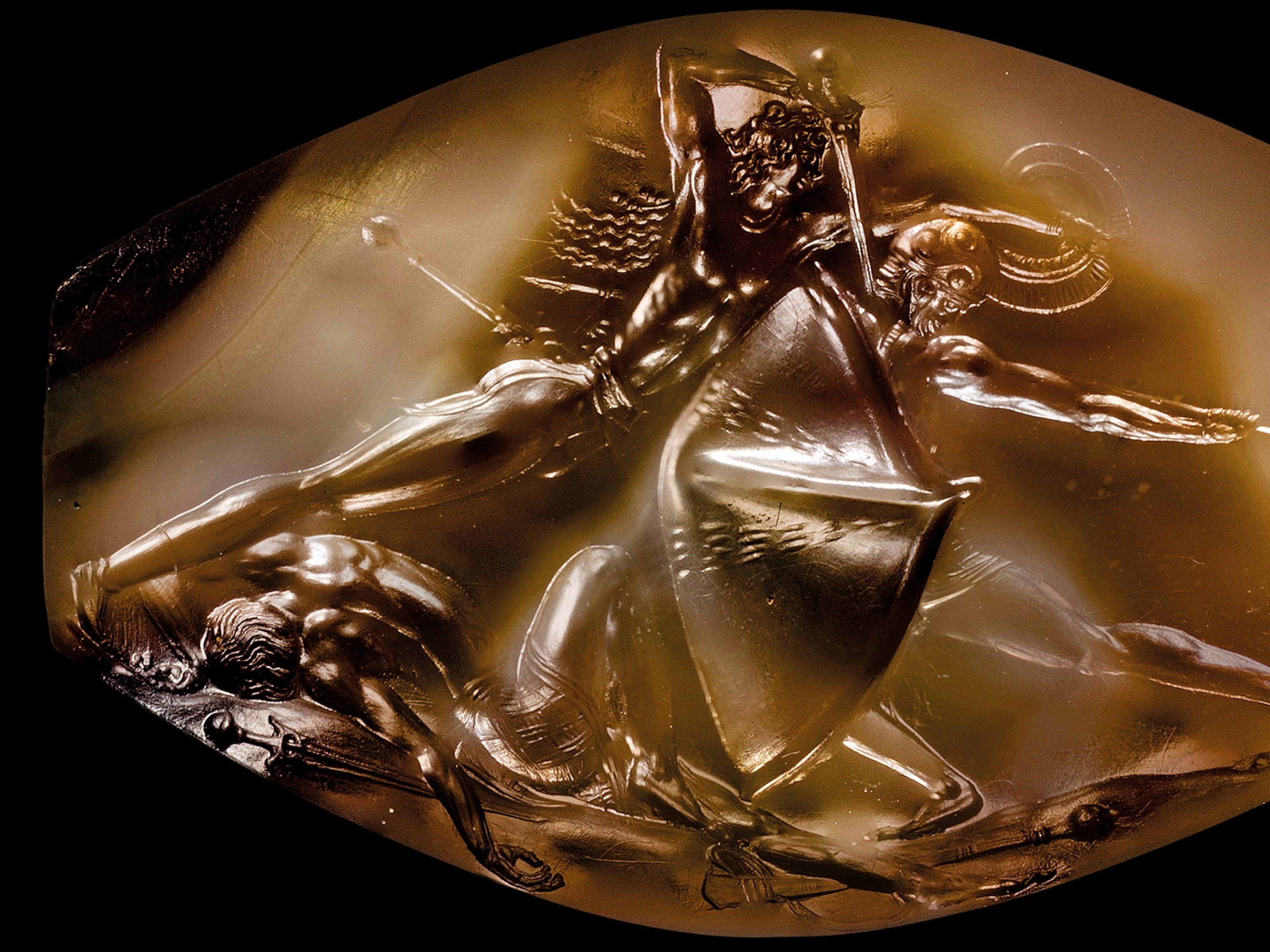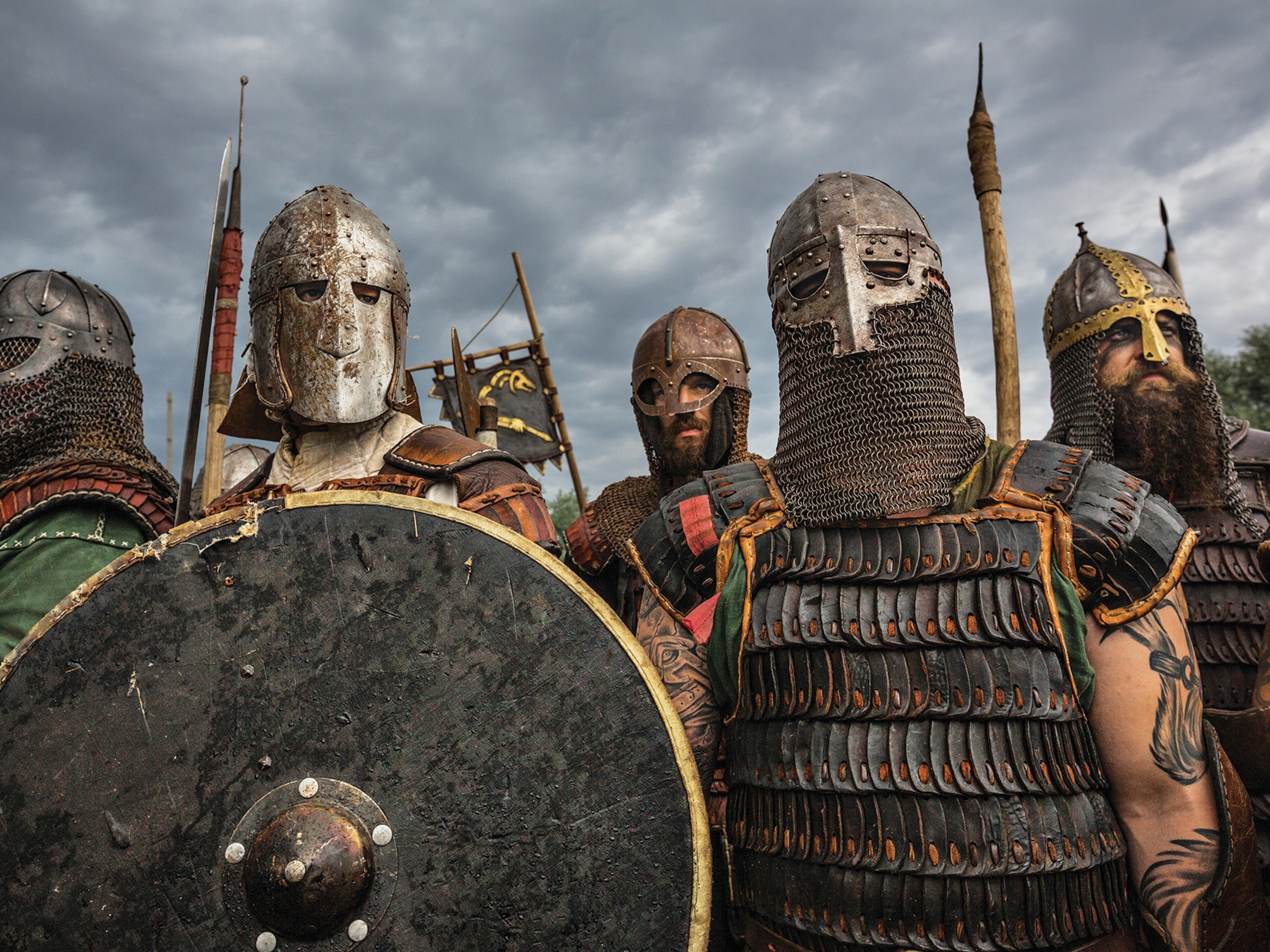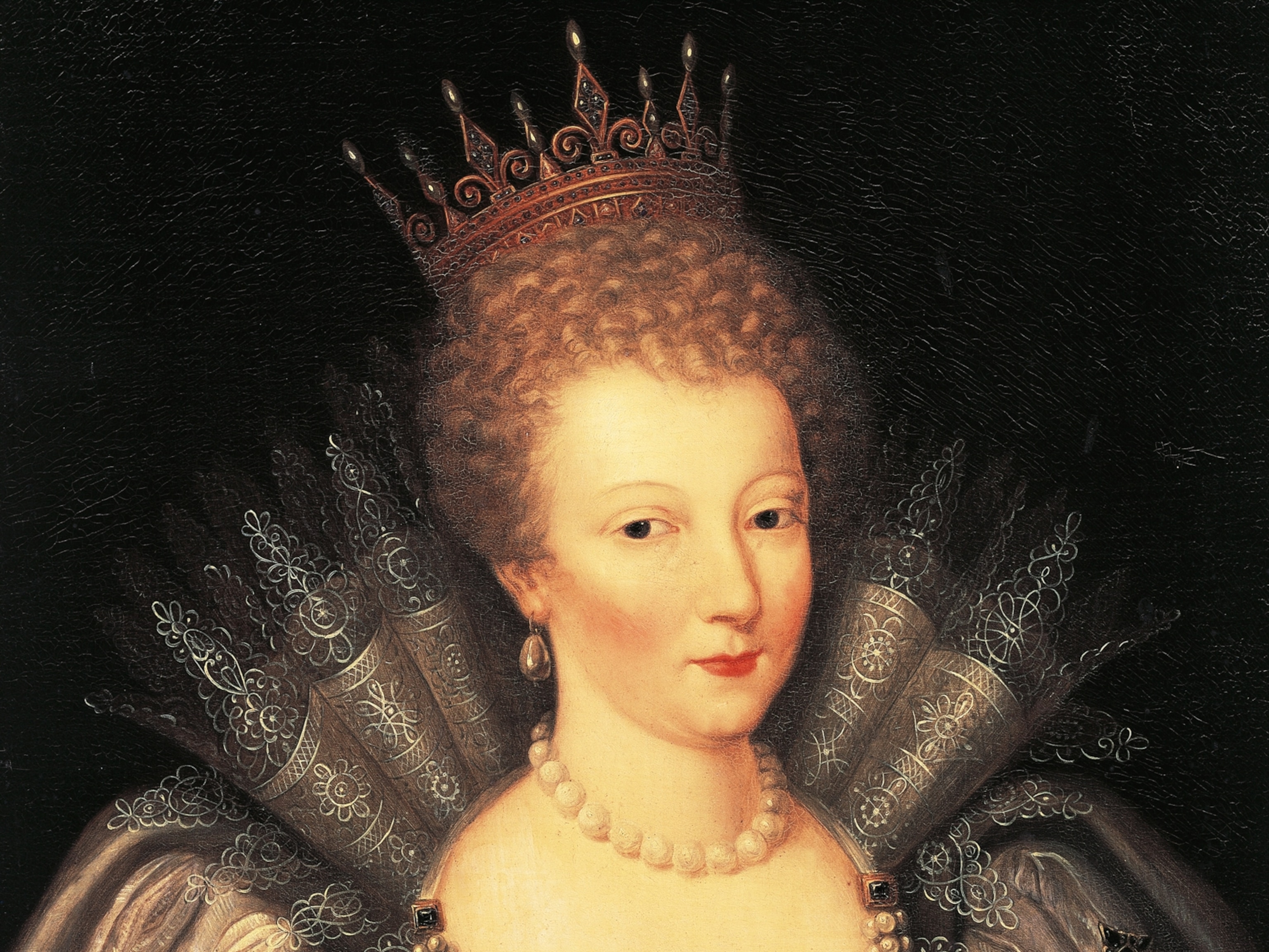The ghostly treasure ship of Sutton Hoo
In 1939 a series of mounds at Sutton Hoo in England revealed their astounding contents: the remains of an Anglo-Saxon funerary ship and a huge cache of seventh-century royal treasure.
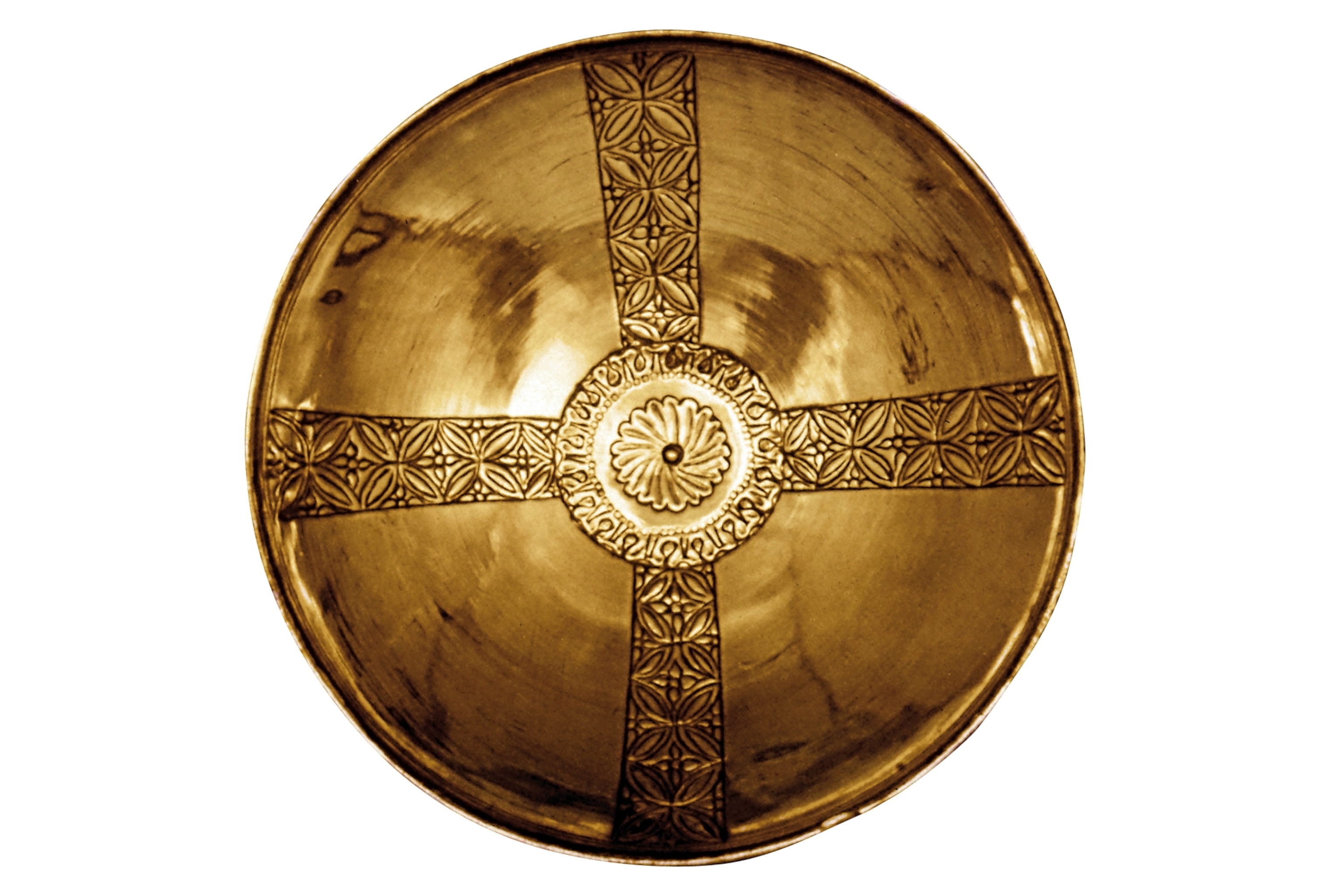
In southern England near the Suffolk coast lies a stretch of sandy heathland dotted by mysterious mounds of earth. Inspiring strange tales and superstitions among local people, these barrows charmed newlyweds Frank and Edith Pretty, who purchased the property, known as Sutton Hoo, in 1926.
The couple made their home at Sutton Hoo for nearly nine years until Frank’s untimely death in late 1934. Edith continued to live there, and she grew increasingly curious about the barrows on her property. A lifelong fascination with the occult had led her, like many wealthy women of her time, to consult spiritualists in London. Some say that after her husband’s death, her interest in spiritualism grew and even expanded to include the barrows on her property. Disputed accounts even describe Edith as having a vision of a ghostly procession passing through the mounds near her house. Whatever the true cause, she decided in 1937 to have the land excavated and approached a museum in nearby Ipswich to discuss it.
What lies beneath
Self-taught archaeologist Basil Brown worked as an excavation assistant at the museum and took on Edith’s project. His decision to take the job not only would change his life but also radically alter, and deepen, the understanding scholars had of the early Anglo-Saxon period in England following the collapse of Roman rule.
At first, Brown assumed that any artifacts that had once lain in the mounds would have been looted many years before. His first dig, in the summer of 1938, confirmed his initial skepticism: tumuli two, three, and four contained only a few objects and evidence of human remains.
In 1939 Brown resumed the dig and turned his attention to the largest barrow, known as tumulus one. During the excavation, he came across a section of hard earth stained with rust and containing nails at regular intervals. Progressing with painstaking care, Brown realized that he had found the imprint of a ship, more than 80 feet in length. Although the wood had long since decayed, its ghostly outline and rich cargo of grave goods remained intact.
How had it stayed undisturbed for so long? Luck, as it turns out. Together with Charles Phillips from the University of Cambridge, who had also joined the dig, they found evidence that grave robbers had indeed probed the site in the past. Fortunately, the thieves dug in the wrong place, narrowly missing the treasure.

The collection of 263 objects included weapons, silver cutlery, gold buckles, coins, and a distinctive full-face helmet, of a kind never before recovered in Britain. Examining the artifacts, they concluded that the settlement was not Viking, as first assumed, but Anglo-Saxon.
Pride of England
The significance of Sutton Hoo was instantly recognized. The largest Anglo-Saxon ship burial ever discovered contained artifacts of a quality and quantity never seen before, and this fresh evidence of England’s early warrior society became charged with symbolism when Britain declared war on Nazi Germany later that year. In keeping with the patriotic, wartime spirit, Edith Pretty donated the find to the British Museum in London. To keep the artifacts safe during World War II, they were stored underground in the tunnels of London’s rail system.
In the decades since, Sutton Hoo has been studied in depth. Its treasures, which include objects from the Byzantine Empire and the Mideast, have deepened researchers’ understanding of the trade networks between the Anglo-Saxons and the European mainland.
An epic farewell

For many scholars, one of the most exciting aspects of the Sutton Hoo burial is its similarity to that depicted in the Old English epic poem, Beowulf. The eponymous hero of this work is a Geat from modern-day Sweden, who comes to the aid of the Danish king. In the poem, composed in the eighth century, there is a description of the burial of one Scyld Scefing, an ancestor of the Danish royal family.
According to the poem, Scyld is laid to rest in a boat, surrounded by treasures. Although there is almost certainly no direct link between the events described in Beowulf and the burial, the same world of traditions and ideas inspired them. In both cases there is a notion that death includes a journey to the hereafter and that the deceased must be interred with objects from the world of the living, such as weapons, money, drinking horns, and musical instruments. The burial at Sutton Hoo, like those of confirmed Viking burials, shows a well-developed notion of the afterlife.
Careful Arrangements
Who then was buried in the boat at Sutton Hoo? No body has yet been found—perhaps because the acidic soil long ago dissolved it, although scholars point out that human remains have been found elsewhere at the site. One mainstream theory is that the burial belonged to Rædwald, King of East Anglia, who died in 624, and whose reign coincides with the dates of the Sutton Hoo treasure.
Rædwald was one of the first Angle kings to convert to Christianity, and although the ship contains pagan elements, academics do not see this as a reason to rule him out. He lived at a time in which ancient customs coexisted with new religious ideas, a fascinating period in which northern Europe’s pagan tradition was beginning to give way to the new world of Christianity.
Tracking the Treasure

1926
Edith Pretty buys the site of Sutton Hoo, and becomes fascinated by the strange mounds of earth on her land.
1939
Basil Brown discovers a funerary cache of 263 objects in tumulus 1. World War II breaks out in September.
1946
After being kept safe underground during the war, the treasure—owned by the British Museum—is put on public display.
1990s
Further excavations uncover another intact burial site in tumulus 17 containing a young man, a horse, and weapons.


